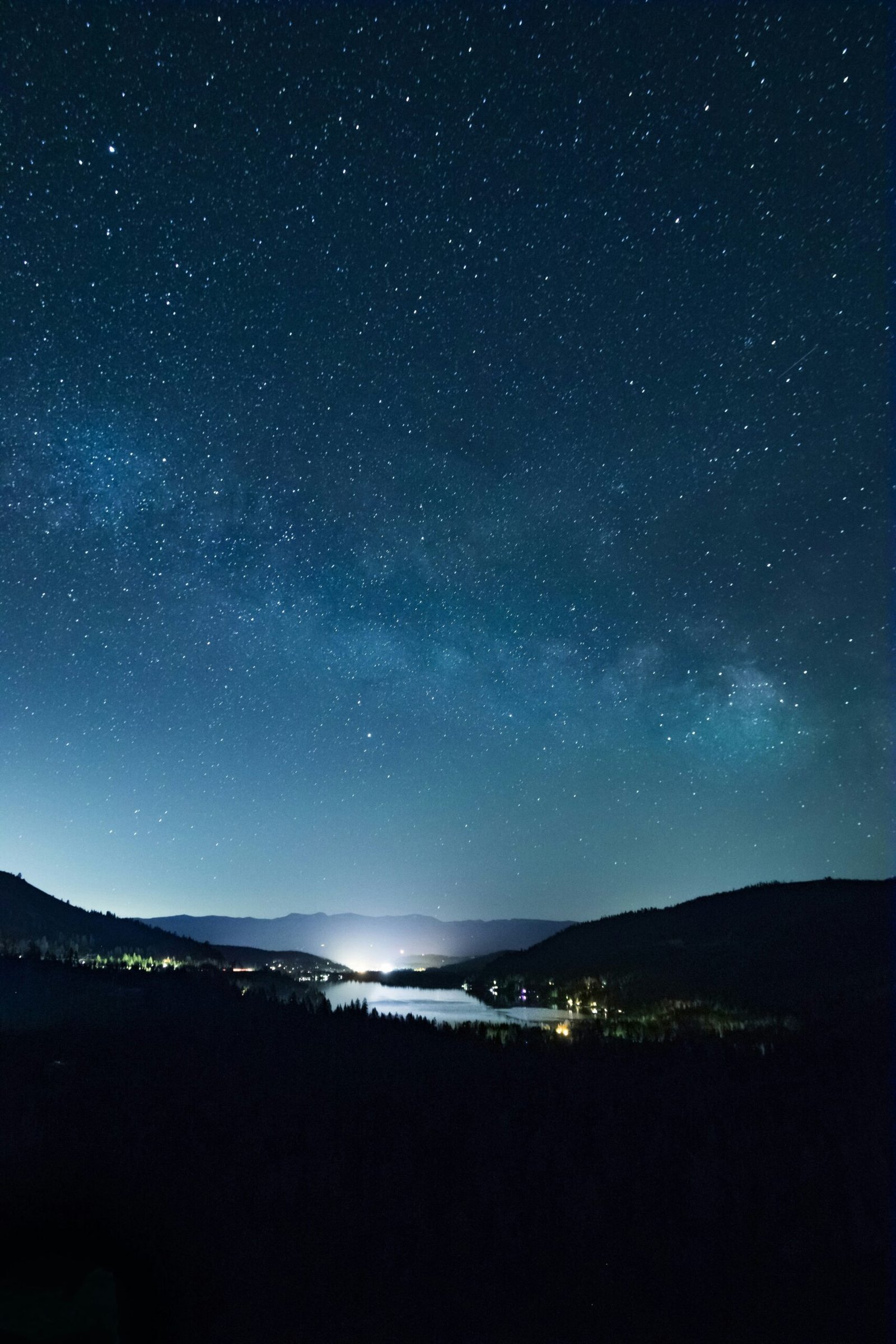Introduction
In this blog post, we will delve into the fascinating world of pre-Columbian South America and explore the sexual attitudes and practices of the civilizations that thrived in this region. We will examine the role of sexuality in religious rituals and social organization, shedding light on the diverse and complex nature of sexual practices in these ancient societies.
Sexuality in Pre-Columbian South America
Sexuality held a significant place in the lives of pre-Columbian South Americans, playing a crucial role in their religious beliefs and social structures. However, it is important to approach the topic with sensitivity and respect, as our understanding of these practices is limited by the scarcity of written records and the biases of early European chroniclers.
Religious Rituals and Sexuality
Religious rituals in pre-Columbian South America often incorporated elements of sexuality. These rituals were seen as a way to connect with the divine and maintain harmony with the natural world. One such civilization that embraced the intertwining of sexuality and spirituality was the Moche civilization of ancient Peru.
The Moche people believed that sexual acts were a means to communicate with their gods and ensure the fertility of the land. They depicted explicit sexual scenes in their art and pottery, showcasing their belief in the power of sexual energy. These depictions often featured gods and goddesses engaged in sexual acts, symbolizing the creation and renewal of life.
Social Organization and Sexual Practices
Sexuality also played a role in the social organization of pre-Columbian South American civilizations. In some societies, such as the Inca Empire, sexual practices were regulated and controlled by the state. The Inca rulers practiced polygamy, with the emperor having multiple wives and concubines.
Sexual relationships were also used as a means to forge political alliances and maintain social harmony. The Inca rulers strategically married women from different regions and ethnic groups, solidifying their control over the diverse territories of their empire.
Gender and Sexuality
Gender roles and sexual practices varied across pre-Columbian South American civilizations. In some societies, such as the Aztecs, there were distinct gender roles and expectations regarding sexuality. Men were expected to be sexually assertive, while women were encouraged to be modest and chaste.
However, it is important to note that these gender norms were not universal, and there were exceptions and variations within each society. Some civilizations, such as the Moche, depicted women in positions of sexual agency and power, challenging the notion of male dominance in sexual relationships.
Conclusion
Exploring the sexual attitudes and practices of pre-Columbian South American civilizations reveals a rich tapestry of beliefs and customs. Sexuality was intricately woven into the fabric of their religious rituals and social structures, reflecting the importance they placed on maintaining harmony with the divine and within their communities.
While our understanding of these practices is limited, we can appreciate the diversity and complexity of sexual practices in these ancient societies. By examining the role of sexuality in pre-Columbian South America, we gain valuable insights into the cultural and spiritual beliefs that shaped these civilizations.

